Description
Experimental Techniques in Materials and Mechanics provides a detailed yet easy-to-follow treatment of various techniques useful for characterizing the structure and mechanical properties of materials. With an emphasis on techniques most commonly used in laboratories, the book enables students to understand practical aspects of the methods and derive the maximum possible information from the experimental results obtained.
The text focuses on crystal structure determination, optical and scanning electron microscopy, phase diagrams and heat treatment, and different types of mechanical testing methods. Each chapter follows a similar format:
Discusses the importance of each technique
Presents the necessary theoretical and background details
Clarifies concepts with numerous worked-out examples
Provides a detailed description of the experiment to be conducted and how the data could be tabulated and interpreted
Includes a large number of illustrations, figures, and micrographs
Contains a wealth of exercises and references for further reading
Bridging the gap between lecture and lab, this text gives students hands-on experience using mechanical engineering and materials science/engineering techniques for determining the structure and properties of materials. After completing the book, students will be able to confidently perform experiments in the lab and extract valuable data from the experimental results.


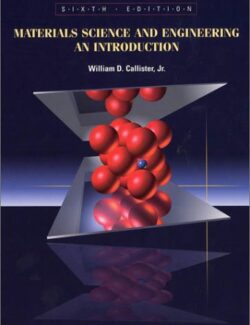




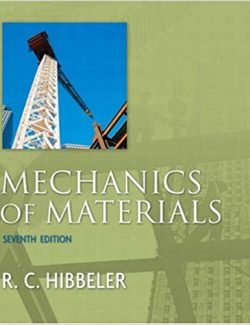
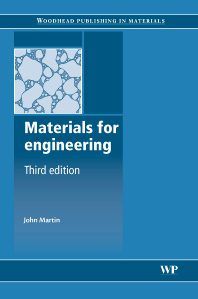
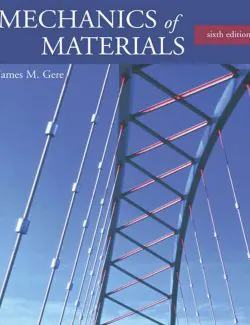

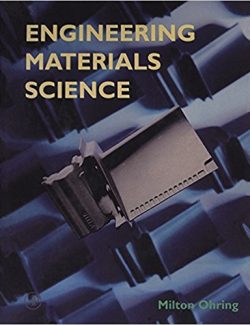

Leave us a comment
No Comments